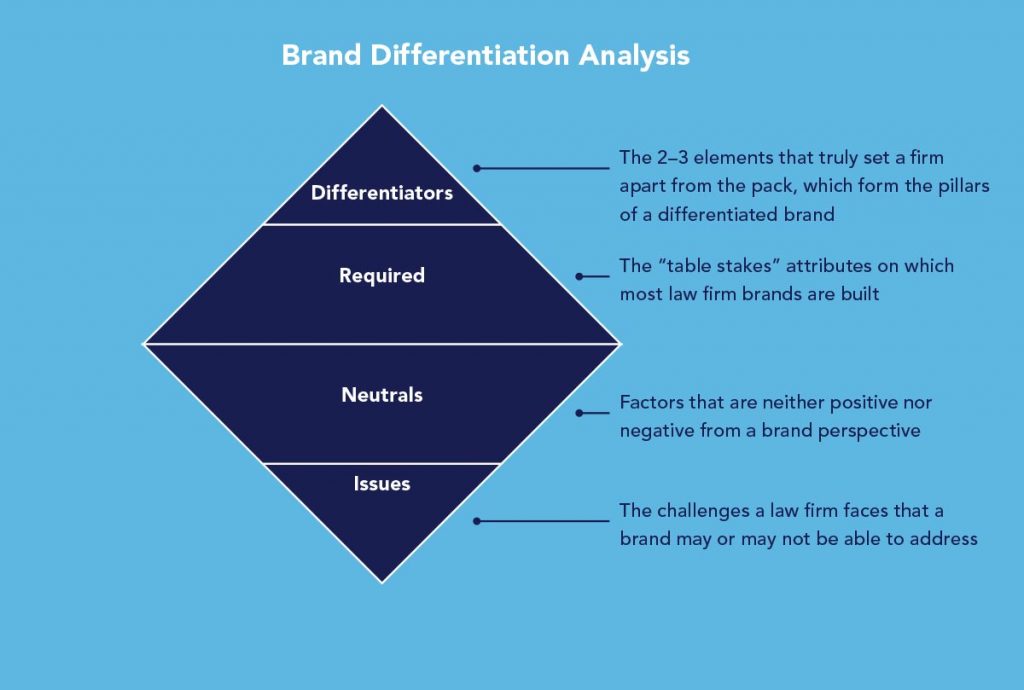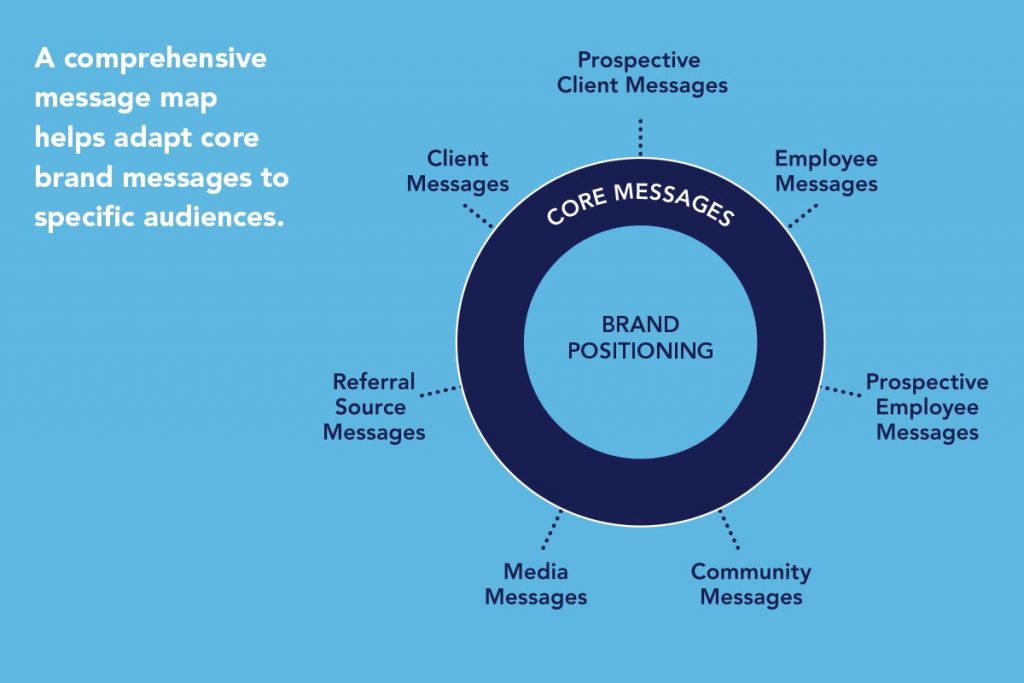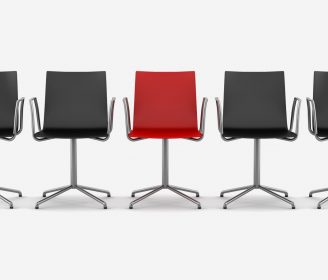From One of Many to One in a Million: Creating a Differentiated Professional Services Brand
Me-too brands just don’t cut it anymore in the professional services arena. This whitepaper examines best practices for creating a distinctive and compelling brand position in professional services.






